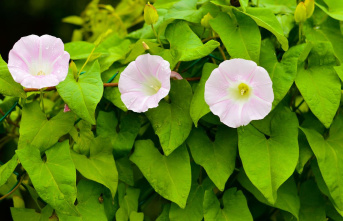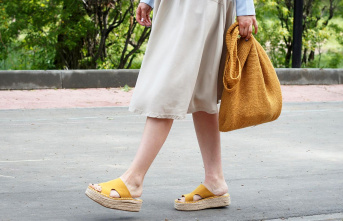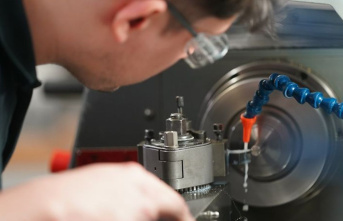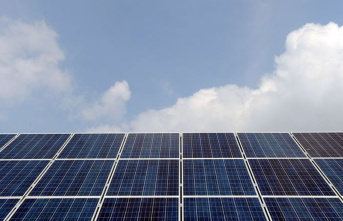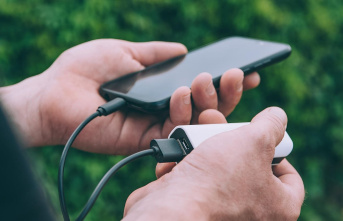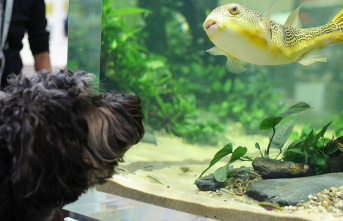Clay granules, also known as expanded clay or plant clay, are nothing more than a kind of water reservoir for plants. So pretty much any crop can grow in hydroponics - even orchids. The so-called water cultivation is particularly suitable for people with allergies, as no fungal spores develop in the air-permeable beads. And that's by no means all the advantages that clay granules have to offer over potting soil. What these are, when and how you use the expanded clay is described below.
If the flower pot only contains clay granules for indoor plants or orchids, herbs or palm trees, this is called hydroponics. There is enough space between the beads for the roots to spread - so your plants grow normally. One of the advantages of expanded clay is that you don't have to water your green roommates as often. On the other hand, you don't have to worry about pests such as fungus gnats that lay their eggs in the ground. And waterlogging and root rot should also be prevented by the clay granules, since the small pH-neutral balls are permeable to air and therefore usually do not go mouldy.
Of course, clay granules also have weak points: they supply plants with water, but not - like potting soil - with sufficient nutrients. For this reason, it is inevitable to fertilize the green roommates regularly. As a result, the permanent use of expanded clay is associated with running costs that you have to accept. In addition, the reusable beads do not show when the plant needs to be watered. For this reason, the use of clay granules only works in combination with a watering indicator, which tells you the water level and thus the optimal time when a houseplant needs to be watered.
In summary, the advantages and disadvantages of clay granulate:
advantages
Disadvantages
stores water evenly
nutrients are missing
breathable, does not mold
avoids pests
no waterlogging and root rot
Water level not visible
If you want to completely replace the potting soil of your houseplants with clay granules, the root balls must be washed thoroughly - but carefully - before repotting (preferably in spring). No soil should stick to it. Then proceed as follows:
In this video, repotting is clearly explained again.
After you have successfully repotted the indoor plants, their roots need a few weeks to grow. Until then, you should only water your green housemates when the water level indicator is at the lower minimum - not before. In principle, the watering indicator should only show the absolute maximum, for example if you are not at home for a long time, for example on vacation. Otherwise, the roots of hydroponics can start to mold if they don't get enough air (i.e. oxygen).
It is not absolutely necessary to completely replace the potting soil with clay granules. Instead, you can use the beads as a water reservoir. The best time to make the switch is spring, when most houseplants have new shoots and are growing - but theoretically you can repot all year round. To use the granules in combination with potting soil, you must observe the following:
Carefully pull the plant out of the old flower pot, shake off the soil a little and put the root ball in a larger, waterproof pot - which you have previously filled up to a third with clay granules. Then tip as many of the balls in until they are evenly distributed around the bale. Make sure that the root ball (seen from above) is under a layer of clay granules at least two centimeters thick. Last but not least, push a watering indicator into the soil ball to regularly measure the moisture in it.
Alternatively, you can use clay granules to avoid waterlogging - all you have to do is lay drainage by covering the bottom of the flower pot with a thin layer (three to five centimeters, depending on the size of the container) of expanded clay. Then lay some garden fleece over it, which is water and root permeable. The intermediate floor is important so that the potting soil does not slip into the spaces between the granules and encourage waterlogging.
Sources: Seramis, My Beautiful Garden
This article contains so-called affiliate links. There is more information here.


